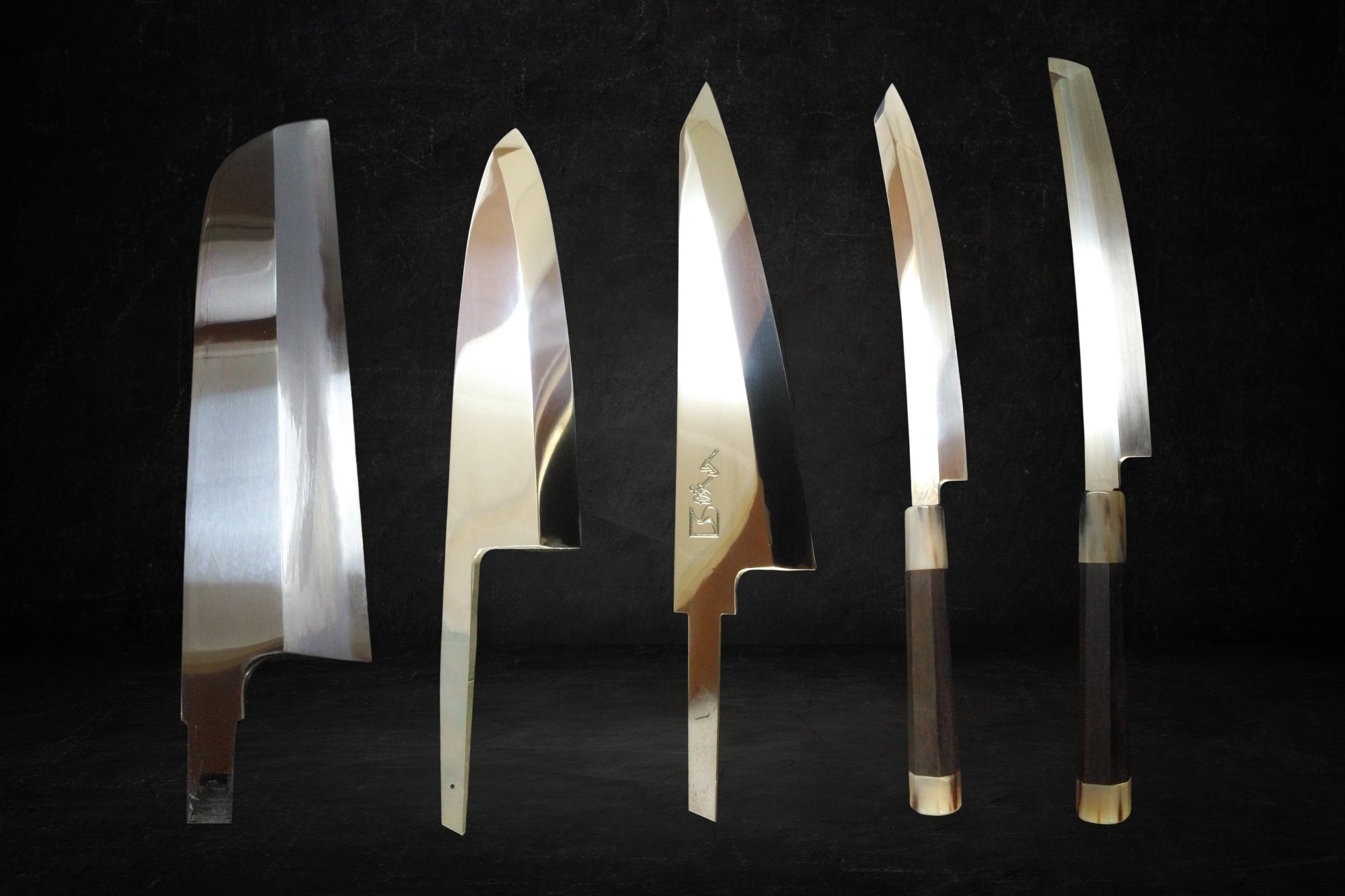
The Importance of Flattening Your Whetstone: Ensuring Precision in Knife Sharpening
Share
Maintaining a flat whetstone surface is key to effective knife sharpening; explore techniques to ensure your stones are perfectly leveled.
Understanding the Need for a Flat Whetstone
A common inquiry among sharpening enthusiasts is the necessity of flattening a whetstone. The answer is unequivocal: flattening is crucial. This process involves leveling the surface of the whetstone to maintain an optimal sharpening area. An unflattened, concave whetstone can adversely impact the blade's edge, making regular flattening indispensable.
Effective Flattening Techniques
- Directional Movement: For effective flattening, it's advised to move the whetstone back and forth in a vertical motion. This action contributes to achieving a uniformly flat surface.
- Rotational Usage: To prevent uneven wear, periodically rotate the whetstone during the flattening process. Consistent orientation can lead to irregular surfaces, hindering the sharpening efficacy.
The Dual Benefits of Flattening
Flattening your whetstone is not just about whetstone maintenance; it's also about enhancing your knife's sharpness. A well-maintained, flat whetstone ensures more precise and efficient sharpening, directly influencing the quality of your blade's edge.

Conclusion: A Cornerstone of Knife Care
Maintaining a flat whetstone is foundational to the art of knife sharpening. By adopting regular flattening practices, you ensure that your sharpening process is as effective as possible, thereby extending the life of both your whetstone and your knives.
Related websites
KIREAJI: Sharpening a knife





